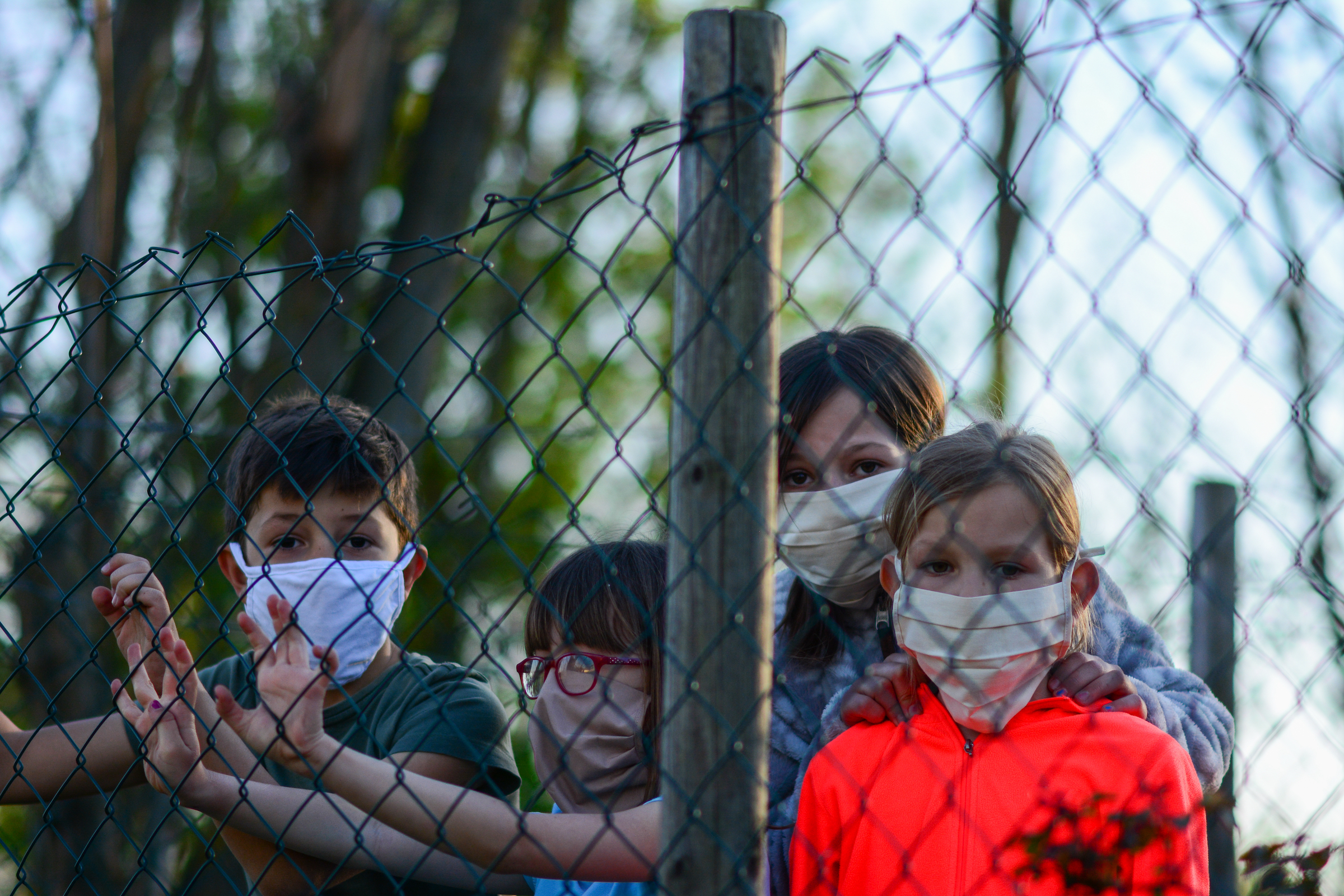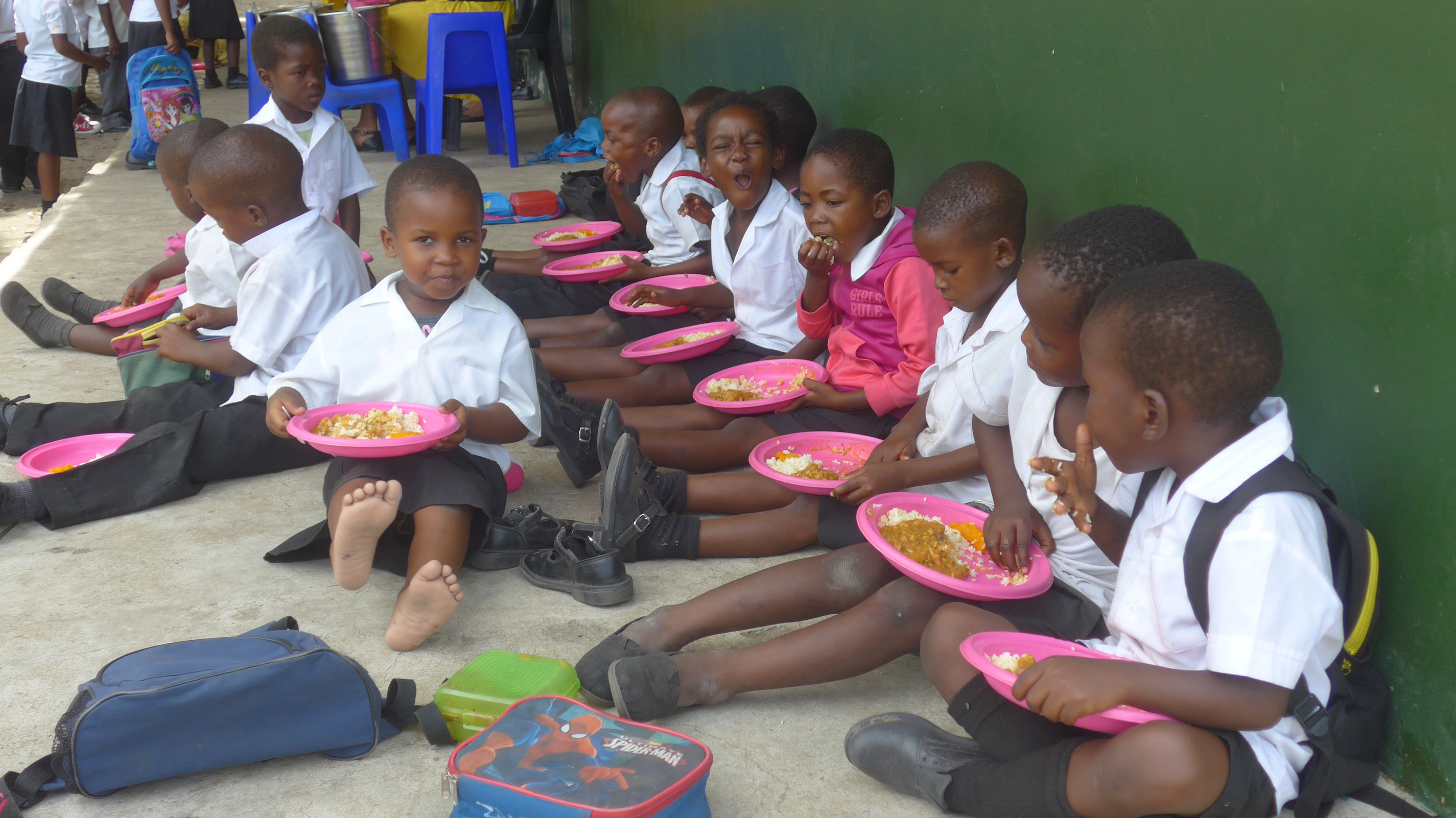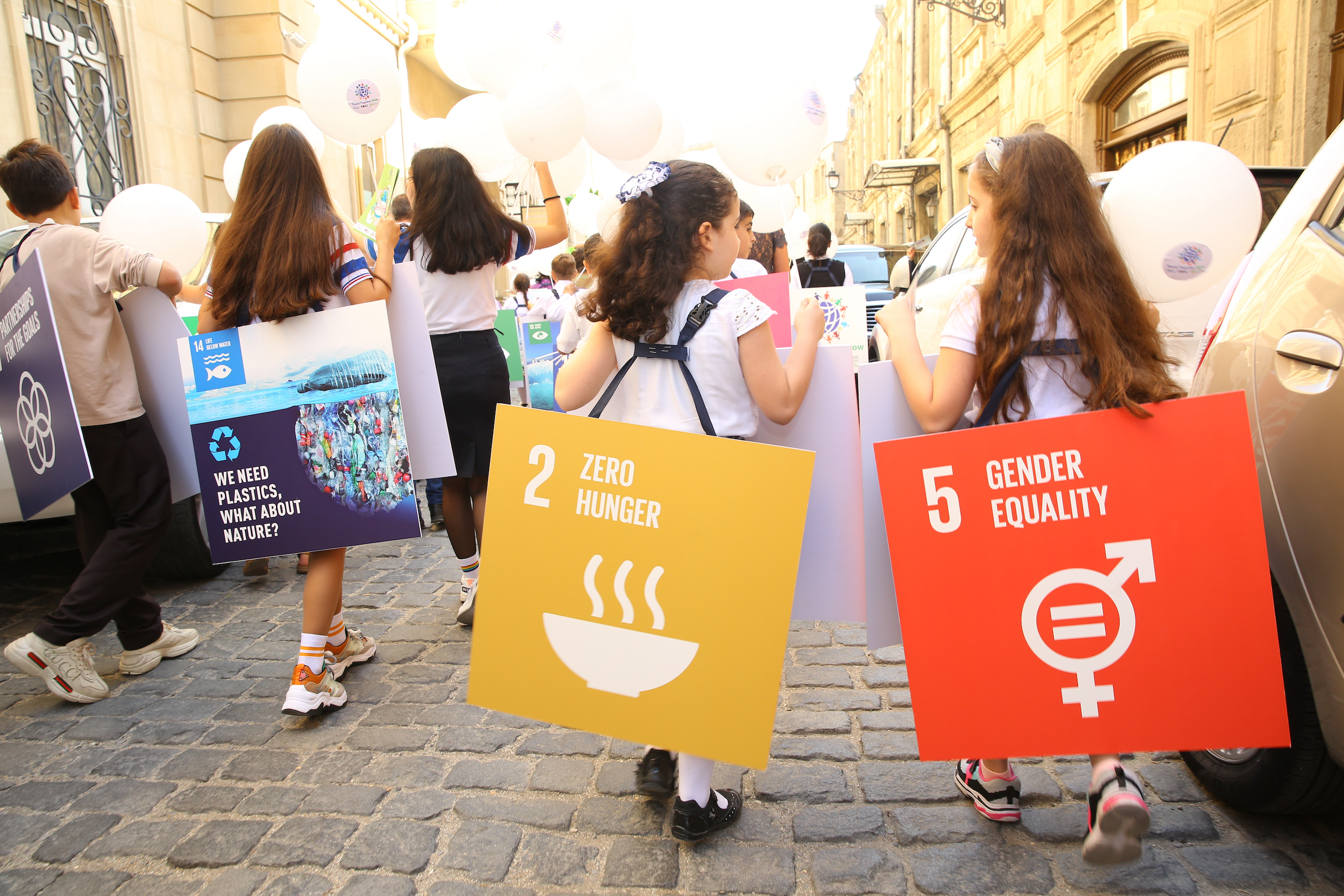The truth is that socio-economic rights are threatened globally. Some countries have greater concerns than others in terms of socio-economic rights for children. But even if you look at relatively wealthy countries with highly developed social protection and welfare systems, you will still find groups of children that are doing badly and whose socio-economic rights are not being upheld.
The socio-economic rights of children
Professor of International Human Rights Law
- Different countries face different challenges in terms of children’s socio-economic rights. But there is nowhere in the world where all children are enjoying all of their socio-economic rights all of the time.
- Governments who fail to meet their children’s rights obligations face limited sanctions, but they will be named and shamed – which most governments hate.
- The sustainable development goals (SDGs) are policy goals that overlap with many of children’s socio-economic rights. However, unlike with rights, there is no meaningful accountability mechanism for states who fail to give effect to their SDG commitments.
Ensuring children can flourish
When we talk about children’s socio-economic rights, we are talking about children's survival and development. We’re talking about their right to an adequate standard of living, their right to education, their right to the highest attainable standard of health, their right to adequate housing and food, as well as other rights included in the UN Convention on the Rights of the Child. These rights, if upheld, ensure that children can flourish.

Social isolation affects children’s mental health and development. Photo by Nenad Cavoski.
An unequal world
Children’s socio-economic rights are infringed in different ways in different places. In developing economies, we find children without access to clean water who die from diseases that have been effectively eliminated in wealthier counties. In richer countries and regions, such as Europe, marginalised groups such as Roma children struggle to access adequate housing and education.
It’s fair to say that COVID-19 has pushed children’s socio-economic rights to the top of the agenda. School closures, for example, interfere with the right to education. And while COVID isn’t particularly dangerous to children, the pandemic has effectively closed down vaccination programmes in large parts of the world, with huge health implications for children in years to come. In the United Kingdom, school closures meant that children couldn’t access free school dinners, causing an increase in hunger.
There is nowhere in the world where all children enjoy all of their socio-economic rights all of the time.
Naming and shaming States
Should children’s socio-economic rights take the form of policy goals, or should they take the form of legal rights?
There are good arguments in favour of enshrining children’s socio-economic rights within (largely non-binding) policy objectives. It’s relatively easy to do and achieves high levels of State buy-in. States outline these objectives confident in the knowledge that if they achieve something positive, they’ll be praised for it. And if they don’t, there are few negative implications for failure.
In contrast, if you sign up for something like the UN Convention on the Rights of the Child, you are essentially tying yourself into a legal obligation. If you fail to meet that obligation, you can be called out on it by the UN Committee on the Rights of the Child, by activists and by the international community. While there is no human rights police that will go in and arrest governments who fail to meet their children’s rights obligations, failure to uphold those legal rights under international law leads to naming and shaming. And States don’t like being named and shamed.
The role of national courts
If a State has signed up to the UN Convention on the Rights of the Child and the Optional Protocol providing for a complaints mechanism, it’s possible to bring complaints about non-achievement of socio-economic rights to the UN Committee on the Rights of the Child. However, the most important actions we’re seeing with regard to States failing to provide socio-economic rights is at the domestic level, with litigation and adjudication in national courts.

2 February 2016. Needy school children in a village near Santa Lucia eating lunch as part of a school catering scheme in South Africa. Photo by anela.k.
Some of the most celebrated examples of domestic litigation over the past couple of decades come from South Africa, whose constitution offers powerful provisions for children’s rights under sections 28 and 29. Courts have been asked to uphold the right to basic education and to ensure schools provide meals for pupils. Other countries with active litigation and adjudication around children’s rights include Colombia, where there’s a strong body of child rights jurisprudence.
But even in countries that don’t get much attention from academics and activists, we often see the right to education being litigated and adjudicated. We’ve seen it in Ireland, for example, and under State constitutions in the United States. These are not countries whose governments are especially enthusiastic about children’s socio-economic rights, but the courts are prepared to engage with this issue in certain areas, such as education.
Sustainability isn’t everything
One of the most important developments for children’s socio-economic rights in the last few years has been the adoption of the 2030 Agenda for Sustainable Development, including the Sustainable Development Goals, or SDGs. The latter are targets that States have committed to hit by 2030. Many of these targets overlap with children’s socio-economic rights in areas such as education, health, food and child poverty.
On one level, that’s fantastic. As States give effect to those sustainable development goals, they’ll give effect to children’s rights on food, health, education and so on. And the SDGs do provide an opportunity for leveraging State energy and resources towards the achievement of things that are consistent with children’s socio-economic rights. They’ve been praised for bringing children’s rights and the development agenda together in a way that had never been done before. Certainly, the SDGs are a major step forward compared to, say, the Millennium Development Goals, which were rightly criticised for being rights blind in both their conceptualisation and application.
But there are also problems with the SDGs. First, some international policymakers, including those working in a human rights context, have conflated SDGs and children’s rights and treated them as if they’re the same thing. In fact, children’s rights are far more expansive than the sustainable development goals and are much broader in terms of what they require of States. There’s a real danger that some people will think that meeting a sustainable development goal for, say, education achieves everything that needs to be achieved in that area. In reality, many key aspects of education aren’t covered by the SDGs, such as provisions for older children.
The second problem with the SDGs is the weak implementation process. With children’s rights, we have processes in front of the UN Committee on the Rights of the Child. They’re not perfect, but they do allow for the possibility of complaints. With the SDGs, on the other hand, we have only voluntary reviews carried out by States in front of the UN political forum.
Third, there are aspects of the financial model underpinning the 2030 Agenda and SDGs that worry those working on human rights. The model focuses on economic growth and public-private partnerships – issues that have been criticised in the past for not being child rights friendly, and yet they’re hard-wired into the SDGs.
A lack of accountability
The final problem with SDGs is accountability. Accountability in children’s rights may be weak in the absence of a human rights police, but it exists nonetheless. In contrast, there is no accountability for States who fail to hit their SDGs. If they don’t do well, they just don’t do well. There’s no meaningful follow-up or naming and shaming.
This is important because States don’t like accountability. Having the SDGs means that States can sideline the burdens of accountability and obligation while still claiming to be making progress on children’s socio-economic rights. There’s a real risk that State preference for SDGs will ultimately undermine the push for children’s socio-economic rights in areas like housing and education.
Young people taking the lead

Global Week on the Global Climate Strike and the International Climate Action Summit. March for Sustainable Development Goals. September 2019. Photo by Adil Celebiyev StokPhoto.
I think what’s exciting about the climate change debate is the way in which we’re seeing young people turn to the law as a way of advancing their rights and indeed the rights of unborn future generations. Young people are pushing very hard against governments that have dismissed their concerns around climate change. We are seeing the failure of democratic decision-making processes and democratically elected actors being challenged by courts. And we’re seeing it in some unexpected places, such as Australia, which has very limited judicial engagement with children’s rights. Young people brought a case to the federal Australian court challenging the approval of a mine extension by the relevant government minister. The judge recognised a duty of care on the part of the minister, who had been negligent in terms of complying with environmental protection law.
Discover more about
children’s socio-economic rights
Nolan, A. (2011). Children’s Socio-Economic Rights, Democracy And The Courts. Hart Publishing.
Nolan, A. (2021, January 9). What human rights can tell us about school closures. Prospect.
Nolan, A. (2021, March 16). Is Sustainable Development Bad News for Children’s Rights? The British Academy.